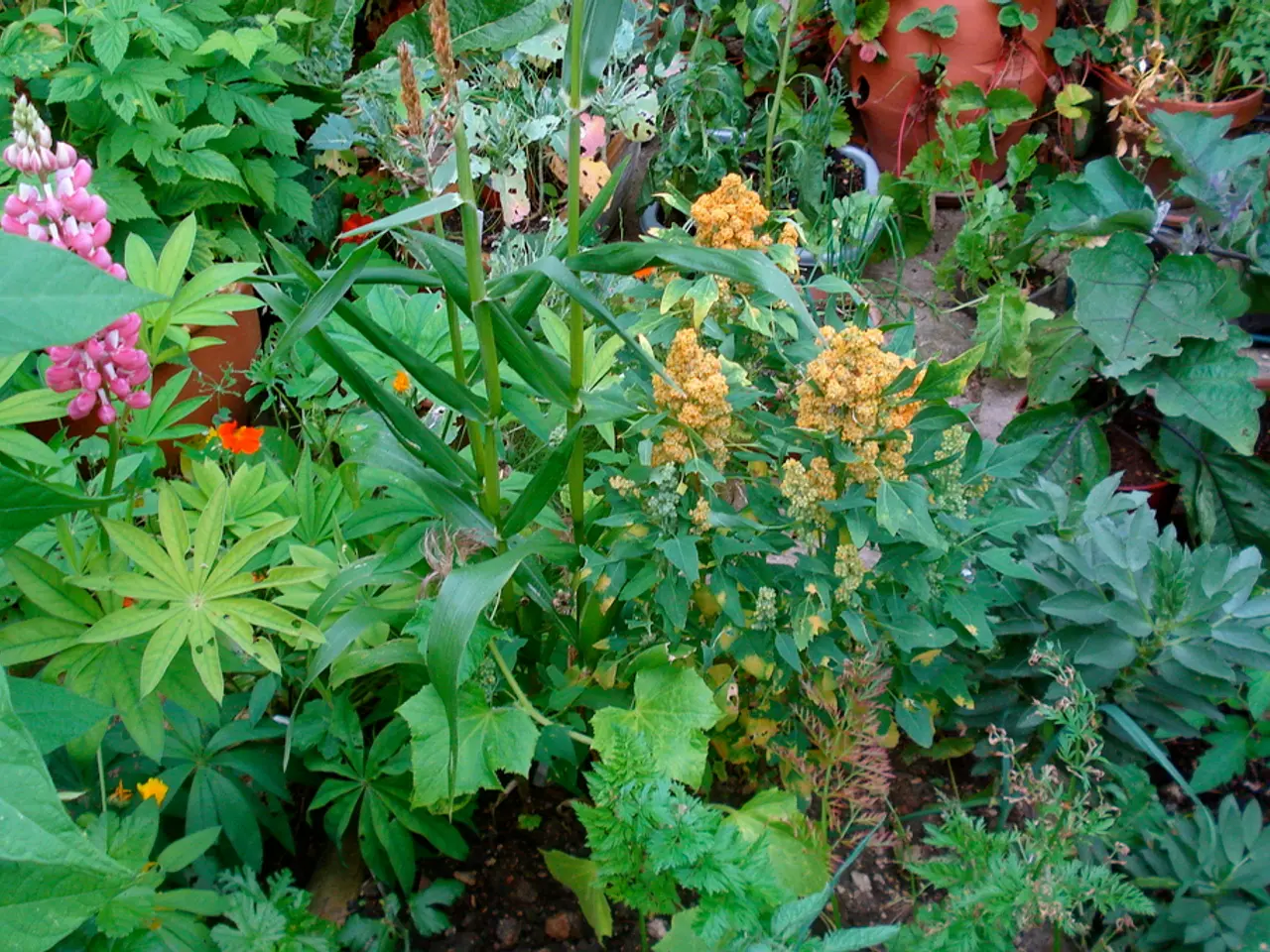Caring for Your Greenery: Essential Guide for Your Plant Friends
In the realm of gardening, maintaining plants is an art that requires careful attention and understanding. Whether they're thriving indoors or outdoors, plants need the right conditions to grow strong and flourish. Here's a guide to help you nurture your plants and ensure their overall health.
Firstly, watering plants is crucial. Deep, infrequent watering encourages strong root growth and helps plants survive dry spells, while adjusting the frequency of watering according to the plant type and season is key. Indoor plants generally need less water during the winter months due to slower growth. On the other hand, outdoor plants require nutrient-rich soil for healthy growth.
Inspecting plants regularly for signs of pests or damage is the first step in pest control. Depending on the infestation, you might consider using natural solutions like neem oil, which functions as a natural insecticide, fungicide, and miticide.
Mulching is another valuable practice for outdoor plants. It helps retain moisture in the soil, suppress weeds, regulate root temperature, and prevent soil erosion.
When it comes to indoor plants, overwatering or underwatering can be issues. So, it's important to check soil moisture and ensure good drainage. Indoor plants may require placement near windows or the use of grow lights for sufficient light. They also need sufficient space for proper growth to ensure air circulation and access to light and water.
Maintaining plants includes tasks like pruning, removing dead leaves, and keeping plants clean to ensure healthy growth and promote new, vibrant blooms. Choosing healthy plants is essential for the success of your garden. Healthy plants will have firm, green leaves and strong stems.
Fertilizing plants with the right amount of nutrients ensures healthy growth and vibrant blooms. Use organic plant food or homemade fertilizers like compost to enrich soil. Organic fertilizers can improve soil quality, increase water retention, and provide essential nutrients for outdoor plants.
To maintain soil nutrients for outdoor plants effectively, focus on enriching the soil naturally, balancing nutrient supply, and supporting soil health over time. Here are key strategies:
1. Use Nitrogen-Fixing Plants and Cover Crops: Growing legumes like beans, peas, and lupines can naturally add nitrogen to the soil through their root systems, improving fertility without synthetic fertilizers.
2. Add Organic Matter Regularly: Regularly adding compost or other organic matter keeps soil healthy by improving texture, water retention, and nutrient availability.
3. Fertilize Appropriately: Supplement soil nutrients with fertilizers, focusing on balanced N-P-K ratios where nitrogen promotes leafy growth, phosphorus supports root development and flowering, and potassium enhances overall plant health and disease resistance.
4. Test and Adjust Soil pH: Regular soil testing allows you to monitor nutrient levels and pH. Adjusting pH ensures nutrients remain available to plants since some nutrients become locked out if soil is too acidic or alkaline.
5. Minimize Soil Disturbance: Avoid excessive tilling, which can degrade soil structure and cause nutrient loss. Instead, use no-till methods combined with mulching to protect soil surface and retain moisture.
By following these strategies, you'll be on your way to maintaining healthy, thriving plants and a flourishing garden. Happy gardening!
[1] Soil Science Society of America. (2020). Cover Crops. Retrieved from https://www.soils.org/publications/soils-in-the-classroom/cover-crops
[2] National Gardening Association. (2021). Fertilizing. Retrieved from https://www.garden.org/howto/fertilizing/
[3] United States Department of Agriculture. (2021). Organic Matter and Soil Health. Retrieved from https://www.nrcs.usda.gov/wps/portal/nrcs/main/soils/health/organicmatter/
[4] University of California, Davis. (2021). Composting. Retrieved from https://ucanr.edu/sites/Composting/Composting_Basics/
- To ensure strong root growth and healthy plant life, water plants deeply and less frequently, adjusting the frequency according to the plant type and season, with indoor plants needing less water during the winter months.
- Inspect plants regularly for signs of pests or damage, considering natural solutions like neem oil as a potential solution for infestations.
- Mulching outdoor plants helps retain moisture, suppress weeds, regulate root temperature, and prevent soil erosion.
- Indoor plants may require good drainage and placement near windows or the use of grow lights for sufficient light, with overwatering or underwatering being potential issues for these plants.
- Pruning, removing dead leaves, and keeping plants clean are all essential tasks for promoting new, vibrant blooms and ensuring healthy growth.
- Using organic plant food or homemade fertilizers like compost can help enrich soil and provide essential nutrients for optimal plant growth.
- To maintain soil nutrients for outdoor plants effectively, strategies like using nitrogen-fixing plants and cover crops, regularly adding organic matter, appropriate fertilizing, testing and adjusting soil pH, and minimizing soil disturbance can all contribute to a flourishing garden.




